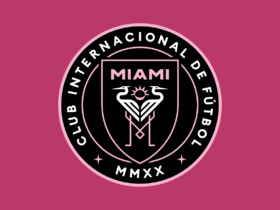To adjust for inflation, the Small Business Association is raising its industry-specific monetary-based size standards by 8.4%. This is the first such adjustment from the SBA since 2014. These changes will take effect on an interim basis on Aug. 19 and will be reviewed again as part of the second five-year review of size standards mandated by the Small Business Jobs act of 2010.
Unlike 2014, this time the SBA is adjusting the revenue-based size standards for agricultural industries, which were previously set by statute. Also, the SBA is adjusting program-specific monetary-based size standards by the same amount for sales or leases of government property and stockpile purchases.
This move is expected to increase the amount of businesses eligible to qualify for small business status by up to 90,000. These 90,000 businesses will now also be eligible for SBA loans and contracts. This could possibly lead to as much as $750 million in additional federal contracts awarded to small businesses.
New businesses that qualify will be able to take advantage of the generous terms of SBA small business loans. The SBA offers three different types of leans—SBA 7(a) loan, CDC/504 loan and SBA microloans. SBA 7(a) loans can reach up to $5.5 million and terms go up to seven years. 504 loans can help with large purchases such as machinery and real estate with terms that extend up to 25 years. SBA microloans reach a maximum of $50,000 and can be repaid for up to six years.
The primary advantage of SBA loans are that the interest rates are generally lower than those you would be offered at a bank and the repayment period is usually longer. Aside from loans, the SBA offers several other benefits for small business owners. The SBA offers seminars to help give small business owners the tools and knowledge to succeed. They also host several networking events where small business owners can meet and interact with other small business owners in their area.










